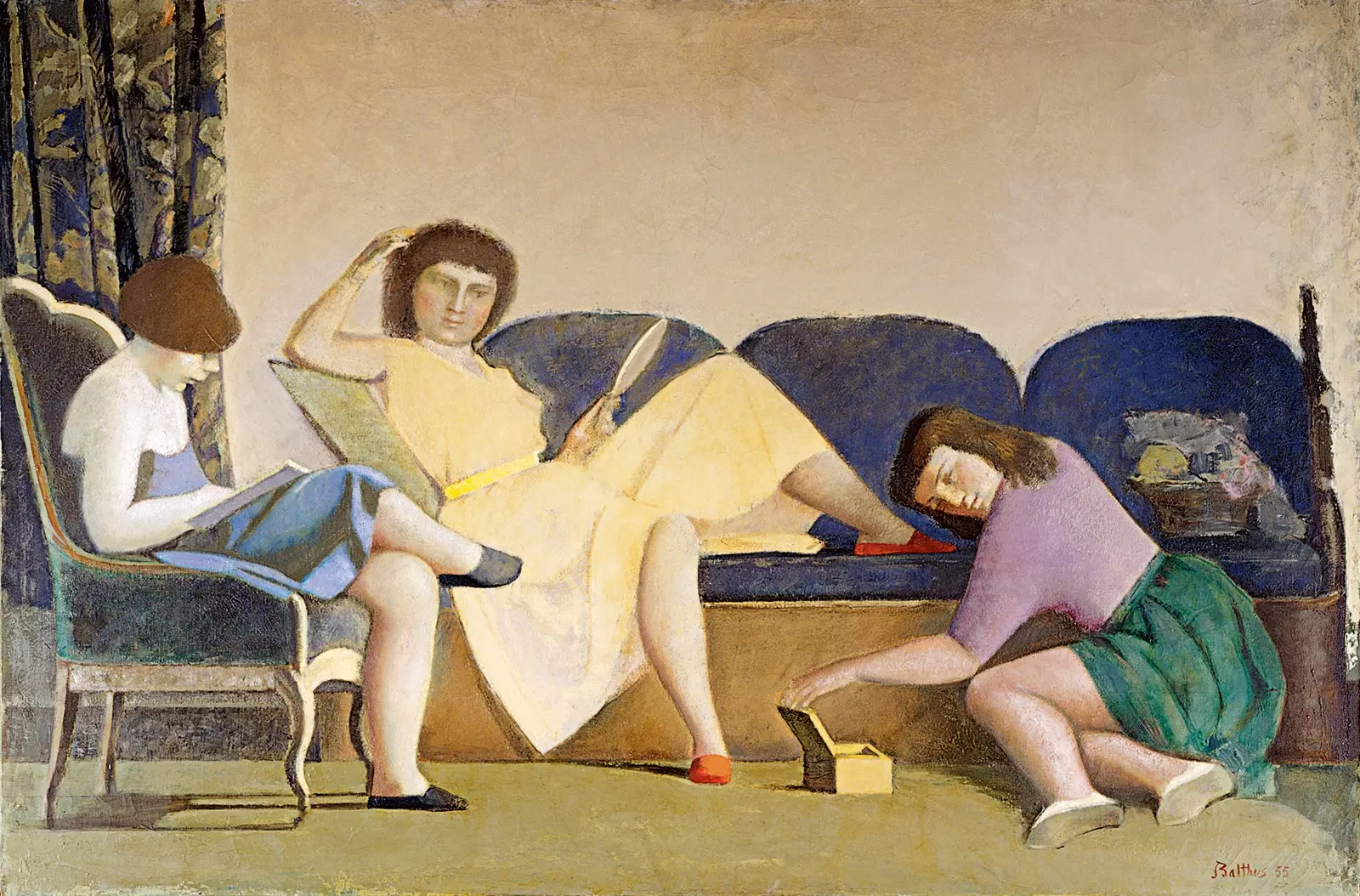
'The three sisters'
“How can they think that these children are bored?” The statements of Balthasar Klossowski de Rola, Balthus, they often reflect an asymmetry between what the artist intended to express in his work and what the public perceives. The most obvious is the denial of the alleged eroticism attributed to his characters.
In an interview conducted a few years before his death, he stated that the only thing that linked him to Lolita de Nabokov was a sense of humor. His adolescent figures embodied for him the future, being before being, perfect beauty. That was the reason why he did not paint nude adult women.
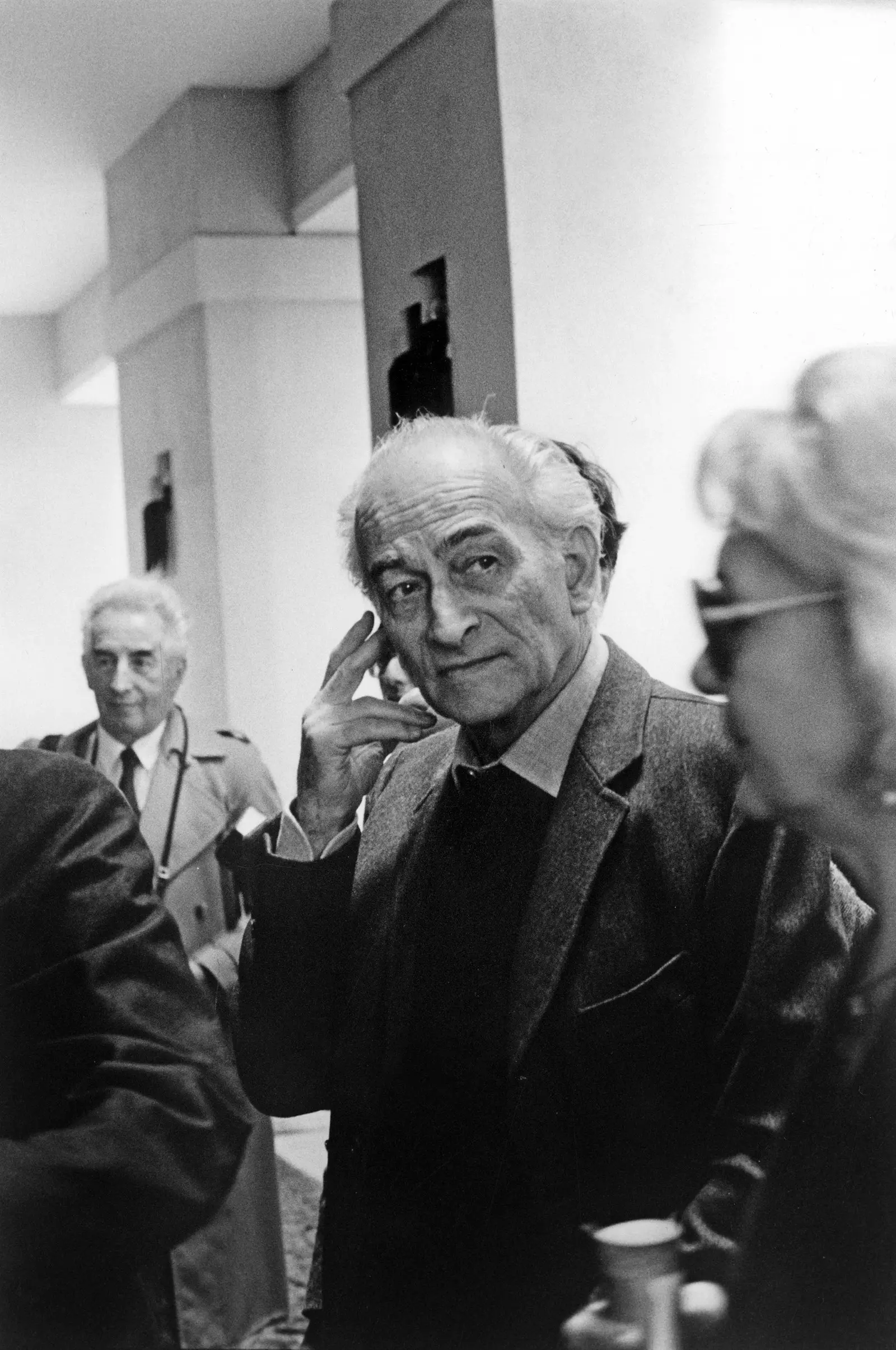
Balthus in a photo from November 1983
Given these reflections, it is worth considering whether Balthus was sincere or if he simply intended to avoid criticism. The eroticism that emanates from the work usually starts from the artist's gaze. Walking through the rooms of the exposition which is celebrated in Thyssen Museum , that look is manifest.
For Freud, the solution to this apparent contradiction would have been easy. Balthus claimed that he had never stopped looking at the world as a child. His childhood was a refuge, a paradisiacal environment that he broke down at the beginning of adolescence.
His father, a historian, came from the changing territories of Poland. His mother, a painter, belonged to a family of Russian Jews. After meeting her in Germany, they settled in Paris, where their children were born.
There Balthus He grew up in an environment marked by art. Cocteau, Gide, Bonnard, and Matisse were regulars at the Klossowskis'.
The fable about his origins was part of the myth of paradise lost. Balthus attributed the county of Rola to his father and embroidered his coat of arms on their bedding and kimonos. He claimed that his grandmother belonged to the Gordon family of Scotland, related to Lord Byron. He also recreated the genealogy of his mother, Baladine, who she transferred to a Protestant family in southern France, and to wealthy Russo-Sephardic merchants related to the Romanovs.
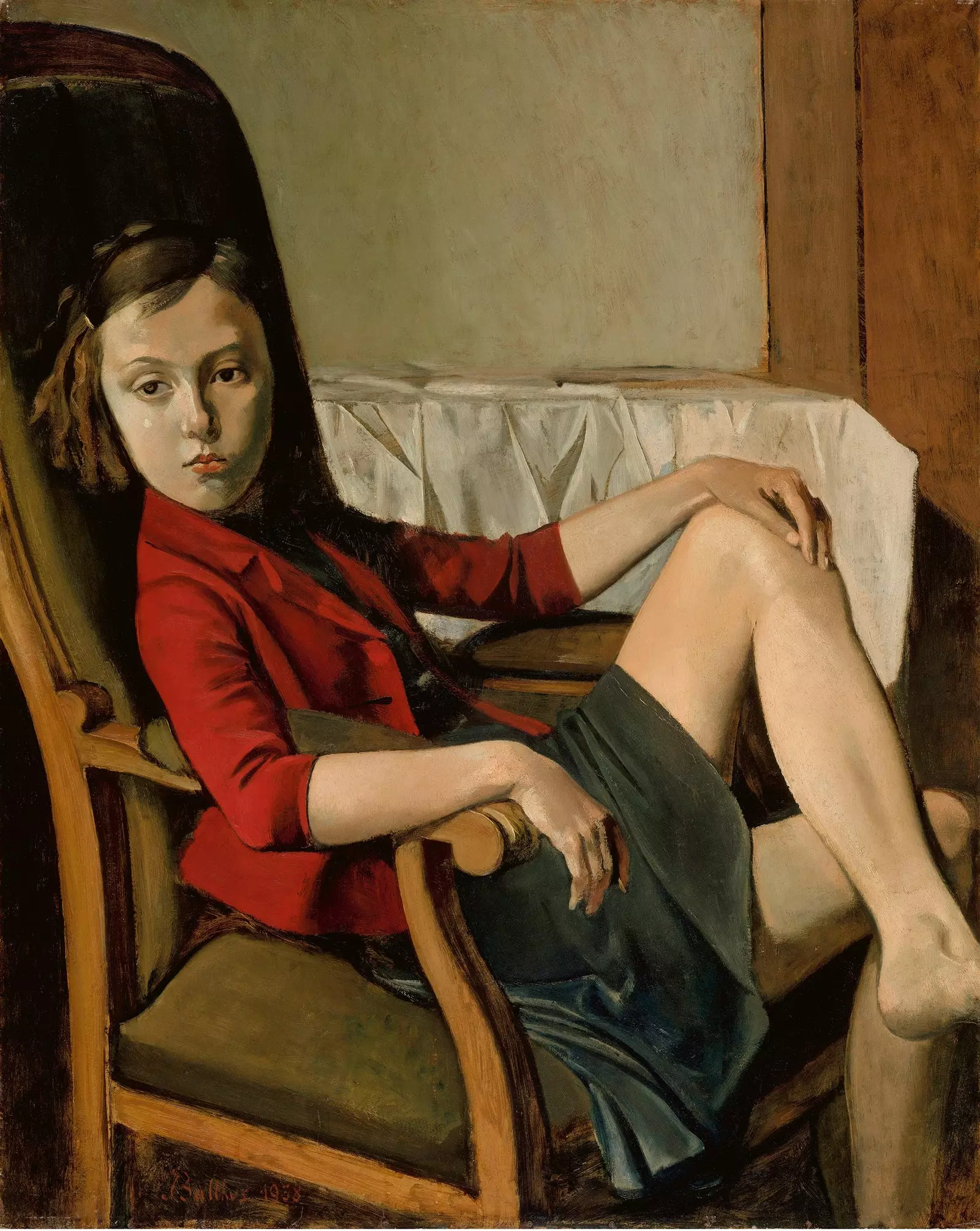
Therese Blanchard
The First World War marked the rupture of the reverie. Her family moved to Geneva. There her parents separated and his mother entered into a relationship with Rilke.
The poet appreciated the talent of the 13-year-old and he prolonged Mitsou , the book in which his first works were published. The protagonist was a cat. The feline will appear insistently in his work as a silent witness to the indolence of his characters.
Balthus' imagery took shape on his first trip to Italy. The works of Piero della Francesca in Arezzo and l to Masaccio's Brancacci Chapel merged with the style of Poussin and Courbet.
Since his first exhibition in Paris in 1934, the sober style, content and the symbolic attention to the objects contrast with the thematic ambiguity.
“I want to look for the extraordinary in ordinary things; suggest, not impose, maintain a touch of mystery in my paintings”, stated Balthus.
In the guitar lesson we witness the punishment of a student whose clothes are torn by the teacher. The violence is explicit; the sexual connotations, evident. The tone is lowered in scenes whose calm is still disturbing. In the portraits of Thérèse Blanchard , daughter of the neighbors of Balthus in the Cour de Rohan, the attitude is serious and conscious. Contemplation tenses.
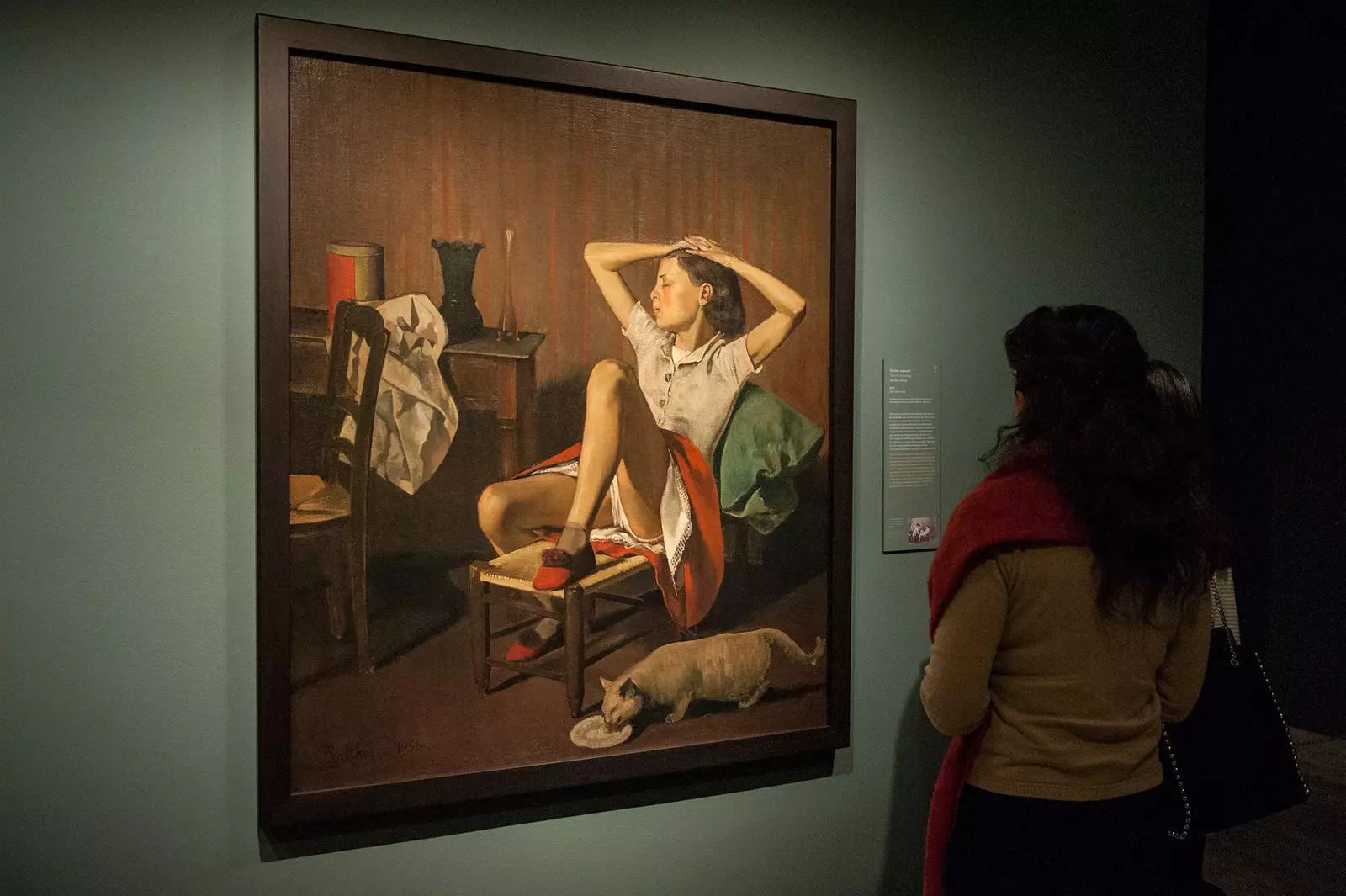
'Teresa dreaming' exhibited at the Thyssen
It is necessary to approach these works from the variant of Surrealism that the artist shared with authors such as Dalí or Cocteau. Freud's theories had given meaning to conscious daytime fantasies. The sexual was explored from a symbolic perspective, closely linked to childhood.
If this approach led Dalí to the suggestion of the visual game, Balthus entered the isolation of sleeping adolescents to escape his confinement. Like in the terrible children (1929) by Cocteau, the walls define a space of confused emotions.
He himself was fleeing from a reality that bothered him. After World War II he found a refuge in the Château de Chassy , in Burgundy, but his friendship with André Malraux led him to the direction of the French Academy in Rome. Villa Medici provided him with anonymity tempered by the rise in the value of his works.
The personality cult of contemporary artists infuriated him. “The artist should blur his person every day; find oneself in the act of painting and forget oneself” he defended.
When he left the post in 1977, his retirement took him to the **Grand Chalet de Rossinière**, near Lake Léman, in Switzerland.
The marriage to Setsuko, 35 years younger than the painter, had consolidated his penchant for Japanese. His dandyism manifested itself in a large collection of oriental garments. The monumental building from the 18th century now houses its foundation.
In the Thyssen Museum exhibition we find a 1930s self portrait. An inscription says: "His Majesty of him the King of the Cats, painted by himself."
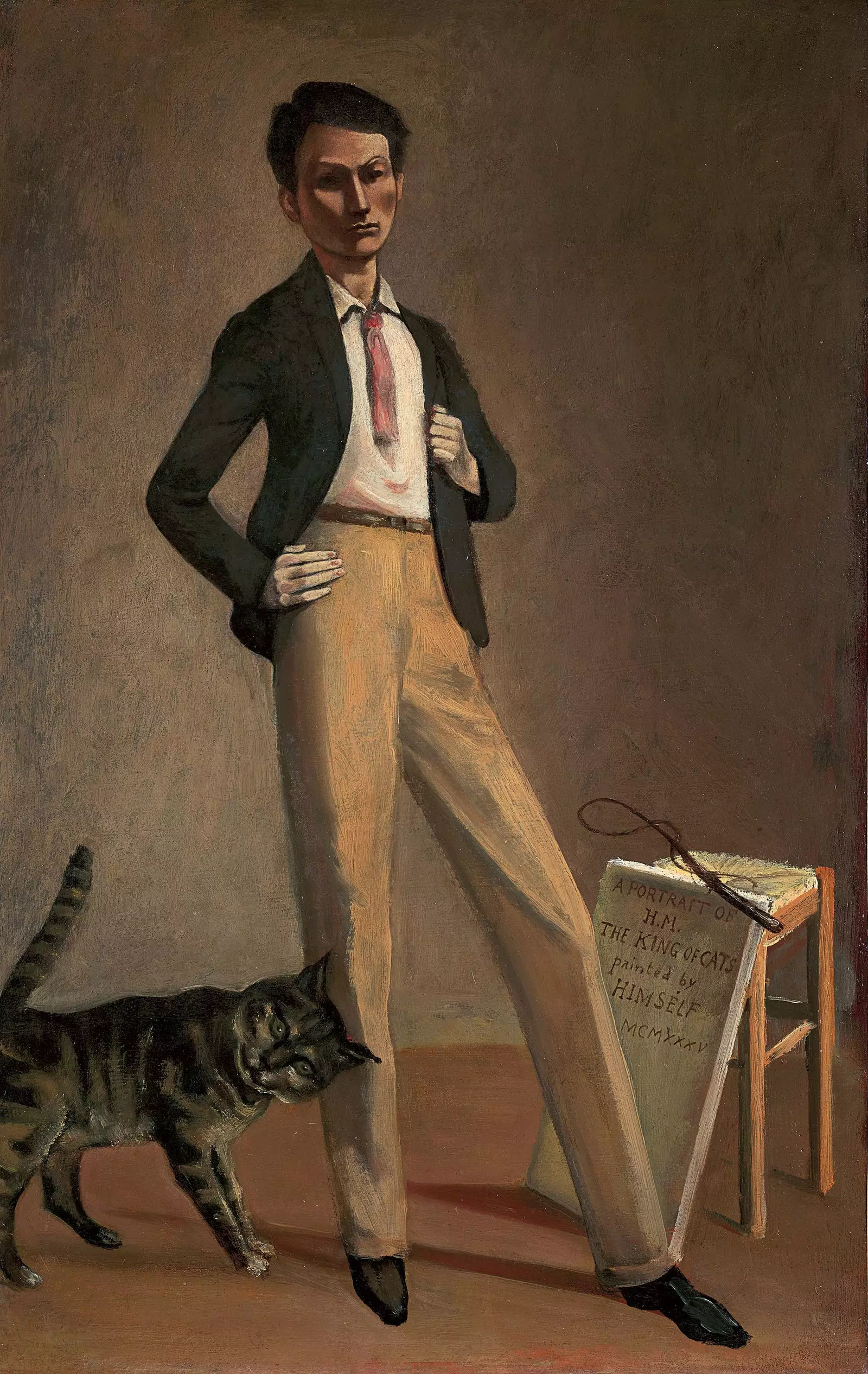
'The king of cats'
